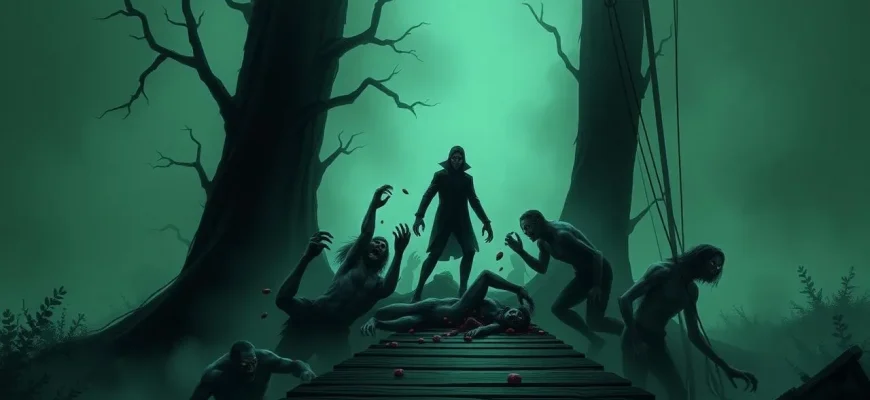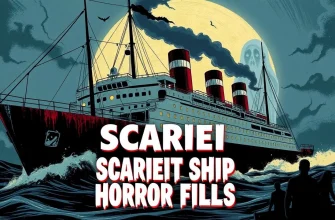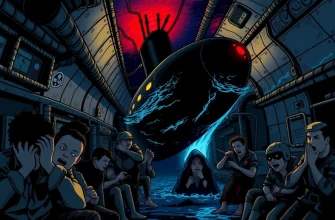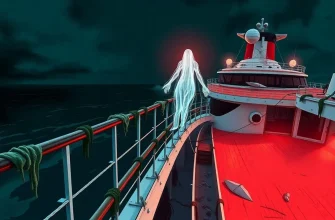Horror films have a unique way of tapping into our deepest fears, and few themes are as visceral and unsettling as those involving the consumption or transformation of human flesh. This curated list of 10 horror films explores this macabre theme, offering a blend of classic and contemporary cinema that delves into the grotesque, the terrifying, and the unforgettable. Whether it's the psychological horror of cannibalism or the physical horror of flesh-eating creatures, these films provide a thrilling, if not stomach-churning, experience for horror enthusiasts.

The Texas Chain Saw Massacre (1974)
Description: A group of friends stumble upon a family of cannibals, including the infamous Leatherface, leading to one of the most influential horror films of all time.
Fact: Despite its title, the film has very little actual chainsaw violence, relying more on atmosphere and suggestion for its horror.
 Watch Now
Watch Now

The Hills Have Eyes (1977)
Description: A family on a road trip is terrorized by a group of cannibalistic mutants in the desert. This film is a staple in the horror genre for its depiction of human depravity.
Fact: Wes Craven, the director, was inspired by the legend of Sawney Bean, a Scottish cannibal.
 Watch Now
Watch Now
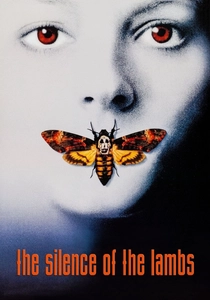
The Silence of the Lambs (1991)
Description: This iconic film features the infamous cannibal, Hannibal Lecter, whose chilling intellect and taste for human flesh make him one of cinema's most memorable villains.
Fact: The film won five Academy Awards, including Best Picture, and is one of only three films to win in all the major categories.
 Watch Now
Watch Now
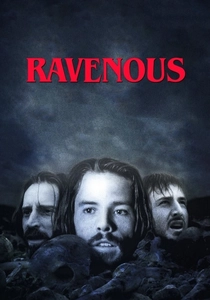
Ravenous (1999)
Description: Set during the Mexican-American War, this film explores the theme of wendigo psychosis, where a man develops an insatiable hunger for human flesh after surviving in the wilderness.
Fact: The film was shot in Slovakia to mimic the Sierra Nevada mountains, and the score features a unique blend of classical music and Native American chants.
 Watch Now
Watch Now

The Ruins (2008)
Description: A group of friends on vacation in Mexico are trapped by a malevolent plant that feeds on human flesh, leading to a desperate fight for survival.
Fact: The film was based on the novel by Scott Smith, who also wrote the screenplay, ensuring a faithful adaptation of the book's chilling premise.
 Watch Now
Watch Now
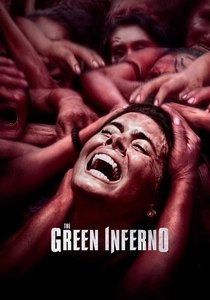
The Green Inferno (2013)
Description: A group of activists are captured by a cannibalistic tribe in the Amazon, leading to a gory survival tale. This film pays homage to the cannibal exploitation films of the 1970s and 80s.
Fact: Eli Roth, known for his work in horror, directed this film, which was inspired by the real-life events of Operation Condor.
 Watch Now
Watch Now

The Autopsy of Jane Doe (2016)
Description: Two coroners performing an autopsy on an unidentified woman uncover supernatural horrors linked to her body, which seems to defy the laws of nature.
Fact: The film was praised for its use of practical effects and minimal CGI, enhancing the realism of the autopsy scenes.
 Watch Now
Watch Now

Raw (2016)
Description: A vegetarian student at a veterinary school discovers her taste for raw meat, leading to a horrifying transformation. This film explores the primal urges beneath the surface of civility.
Fact: The film was banned in Russia due to its graphic content, and the director, Julia Ducournau, used real meat in the scenes to evoke genuine reactions from the actors.
 Watch Now
Watch Now
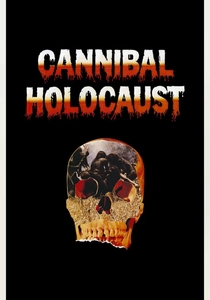
Cannibal Holocaust (1980)
Description: A documentary crew goes missing in the Amazon, and their footage reveals the horrifying truth of their fate at the hands of cannibals. This film was one of the first "found footage" horror movies.
Fact: The film was banned in several countries for its graphic violence, and the director, Ruggero Deodato, was even arrested for murder due to the realistic nature of the scenes.
 30 Days Free
30 Days Free
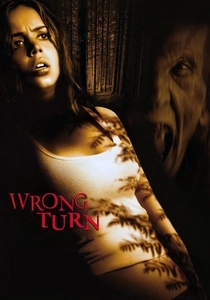
Wrong Turn (2003)
Description: A group of friends encounter inbred cannibals in the West Virginia wilderness, leading to a gruesome game of cat and mouse.
Fact: The film spawned several sequels, each exploring different aspects of the cannibals' backstory and their interactions with new victims.
 30 Days Free
30 Days Free

